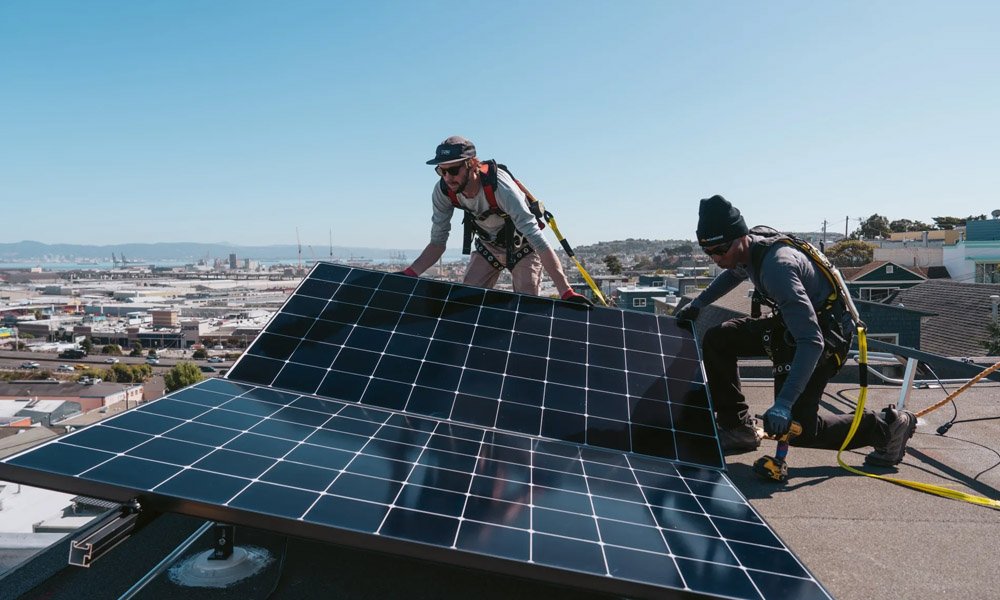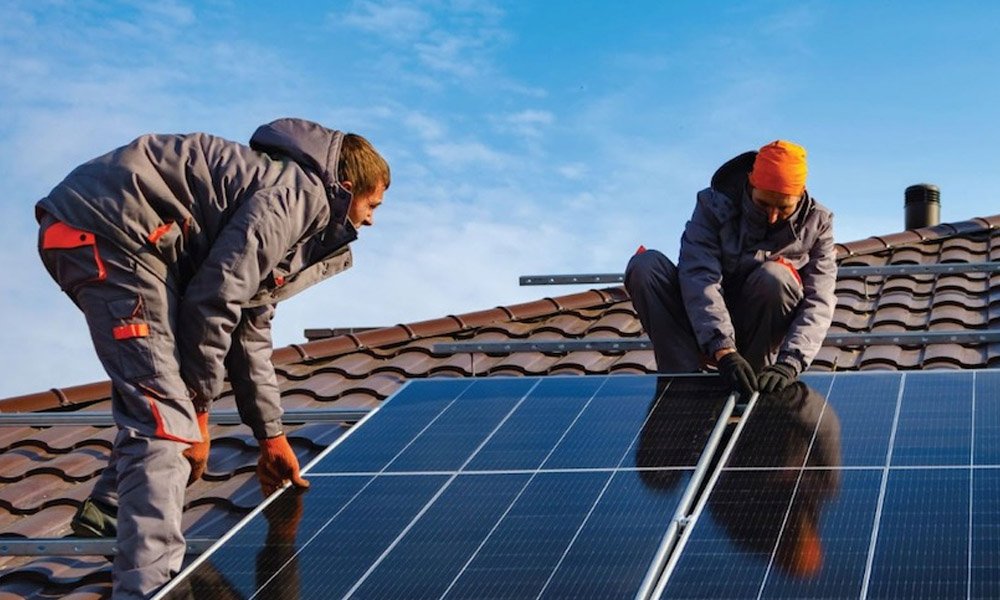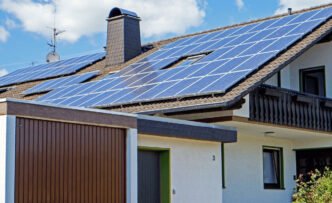Switching to solar energy is a significant investment that requires careful planning and coordination. Homeowners looking to install solar panels often work with a residential solar energy company to ensure the process is handled efficiently and meets all necessary regulations. From the initial consultation to final system activation, multiple steps are involved in designing, permitting, and installing a solar energy system. Each phase ensures the system functions properly and provides long-term energy savings. We will explore the step-by-step process of working with a residential solar energy company, helping homeowners understand what to expect when transitioning to solar power.
Once you’ve decided to go solar, selecting the right company is crucial. It’s important to choose a provider with a strong reputation and local expertise. For residents in Sacramento, North Valley Solar Power offers tailored solutions that cater to the specific needs of the area. Their team of experts will guide you through the entire process, from initial consultation to installation and maintenance, ensuring a seamless transition to solar energy. By working with a company that understands the local climate and regulations, you can maximize the efficiency and benefits of your solar system, making it a worthwhile investment for your home.
Process of working with a residential solar energy company
Initial Consultation and Energy Assessment
The process begins with an initial consultation, where the solar energy company evaluates the homeowner’s energy needs and discusses the feasibility of installing solar panels. During this phase, the company reviews the household’s energy consumption, typically by analyzing utility bills from the past year. Understanding electricity usage patterns allows the company to effectively determine the appropriate system size to offset energy costs.
A site assessment follows, where the company examines the roof’s condition, orientation, and shading factors. The placement of solar panels is crucial to maximizing energy production, so the assessment helps identify any potential obstructions that could impact performance. The company may suggest roof repairs or trimming trees to improve sunlight exposure if necessary. Additionally, they evaluate whether the electrical system needs upgrades to accommodate the solar installation. By conducting a thorough energy assessment, the solar company ensures that the system is tailored to the homeowner’s needs and positioned for optimal performance.
Custom System Design and Proposal
After gathering the necessary information, the solar company designs a customized system based on the home’s energy consumption and structural characteristics. This includes determining the number of panels required, their placement, and the type of inverter needed for efficient energy conversion. Some homeowners may also integrate battery storage to store excess energy for later use.
Once the system design is finalized, the company provides a detailed proposal outlining the cost, expected energy savings, and available financing options. The proposal also includes estimated timelines for installation and information on warranties for solar panels and other components. This stage allows homeowners to review all aspects of the project and make an informed decision before moving forward. By designing a system that aligns with both energy needs and financial goals, the solar company helps homeowners maximize the benefits of their investment.
Securing Permits and Utility Approvals
Before installation can begin, the solar company handles the permitting process to ensure compliance with local building codes and utility regulations. Each city and state has different requirements for solar installations, including electrical permits and structural approvals. The solar company submits the necessary applications to the local permitting office and utility company, ensuring that all legal and technical requirements are met.
Utility companies also require approval before a solar system can be connected to the grid. Many homeowners participate in net metering programs, which allow them to earn credits for excess electricity sent back to the grid. The solar company ensures that the system meets the utility’s interconnection requirements and that all agreements are in place before installation begins. Handling permits and utility approvals can take a few weeks, but working with a solar company simplifies the process and ensures everything is completed correctly and efficiently.

Installation of the Solar Energy System
Once permits and approvals are secured, the installation process begins. This stage involves mounting solar panels on the roof or ground, installing inverters, and connecting the system to the home’s electrical panel. The installation timeline depends on system size and complexity but typically takes a few days to complete.
The solar company ensures that panels are securely attached to withstand weather conditions and that all electrical components are correctly wired. Inverters are installed to convert the electricity the panels generate into usable power for the home. If the homeowner has chosen battery storage, the battery system is also set up and configured. The solar company follows safety protocols and quality standards throughout the installation to ensure the system operates reliably for years.
Final Inspection and System Activation
After installation is complete, a final inspection is conducted by local authorities and the utility company to confirm that the system meets all safety and performance standards. Inspectors review the structural mounting, electrical connections, and overall system functionality to ensure compliance with regulations. If any adjustments are needed, the solar company addresses them promptly.
Once the inspection is passed, the utility company grants permission to operate (PTO), allowing the homeowner to turn on their solar system officially. The system is activated at this stage, and the home generates solar electricity. Homeowners can monitor their energy production using an online portal or mobile app provided by the solar company. This allows them to track real-time performance and see how much electricity they generate and consume. The system’s activation marks the beginning of energy savings and reduced reliance on traditional utility power.
Ongoing Monitoring and Maintenance
After installation, the residential solar energy company continues to provide support through system monitoring and maintenance services. Many solar companies offer monitoring tools that allow homeowners to track their system’s performance and receive alerts if any issues arise. Regular maintenance ensures that panels remain clean and free from debris that could reduce efficiency.
Inverters and other electrical components may require periodic servicing to maintain optimal performance. If any issues occur, such as a drop in energy production or a malfunctioning component, the solar company provides troubleshooting and repair services. Some companies offer maintenance plans that include routine inspections, ensuring the system operates at peak efficiency for years. Ongoing support helps homeowners maximize their investment and enjoy uninterrupted solar power generation.
A Seamless Transition to Solar Energy
Working with a residential solar energy company simplifies switching to solar power, ensuring homeowners receive a properly designed, permitted, and installed system. From the initial consultation to ongoing maintenance, each step is carefully managed to provide a seamless transition to renewable energy. Solar companies handle the complexities of system design, permitting, and installation, allowing homeowners to focus on the long-term benefits of solar energy.
Beyond installation, solar companies continue to support homeowners by providing monitoring tools, maintenance services, and guidance on maximizing energy savings. Their expertise ensures solar systems operate efficiently, reducing electricity costs and environmental impact. Working with a solar energy company makes the process stress-free and ensures homeowners receive a reliable system tailored to their needs. By following a structured process, solar companies help homeowners take control of their energy future and enjoy the benefits of clean, sustainable power.








